Getting Your First-Class Airman Medical Certificate
There are a number of requirements that must be met to become an airline pilot, and one of them is obtaining — and maintaining — a first-class airman medical certificate. This applies to any pilot who wants to exercise ATP (Airline Transport Pilot) privileges like flying scheduled airliners. While a third class medical is all that is required for flight training itself, at AeroGuard we require that our students obtain a first class medical prior to their enrollment, so that they know they are able to meet these medical requirements to have this career path available to them after training.
FAA Medical Exam
In order to obtain your medical certificate, you will need to go through an FAA Medical Exam which can only be conducted by an FAA-designated Aviation Medical Examiner, or AME. The FAA medical exam can typically cost anywhere between $100-$180 depending on your medical examiner. Rates are established by each practicing physician and not by the FAA. Your FAA medical exam will generally take about 30 minutes and the medical examiner will do a physical examination checking areas such as your eyesight, hearing, lung function and others.
First-Class Airman Medical Certificate: FAA Requirements & Disqualifying Conditions
The Airman Medical Certificate has three classes and the requirements for each are set by the FAA. As airline pilots must obtain their first-class certification, we’ll focus specifically on some of the main requirements for this class.
This list is not extensive, but it does cover some of the key requirements and disqualifying conditions for the certificate and will help you get an idea of whether or not becoming an airline transport pilot is possible in your future.
Vision
As one might expect, there are a number of FAA vision requirements to receive a first-class airman certificate. Being any kind of pilot requires excellent vision — and the standards are particularly high for airline pilots.
- Distant Vision: 20/20 in each eye, with or without correction.
- Intermediate Vision: (50 years and older) 20/40 with or without correction.
- Near Vision: 20/40 in each eye, with or without correction.
- Color Vision: The necessary colors for the safe performance of duties.
‘With or without correction’ means glasses or contact lenses bring your vision to the 20/20 standard. There are, however, some caveats to be aware of when it comes to vision correction.
For instance, monovision contact lenses are not an acceptable form of correction for piloting per the FAA. Monovision lenses have one lens crafted for near vision, while the other is made to help distant vision. This type of lens, while beneficial for some, can impair depth perception and binocular vision.
Corrective surgeries for eyesight need to be looked at closely as well. Procedures such as LASIK can have effects that are not compatible with in-flight duties, including night-glare, haziness, a worsening of sight, and corneal scarring. It isn’t a guaranteed outcome, so if a pilot does have or has had corrective surgery it is imperative that they ensure their vision has not suffered.
Hearing
The FAA hearing requirements are that candidates must demonstrate the ability to hear an average conversational voice in a quiet room at a distance of 6 feet and understand speech at an acceptable level (determined by an audiometry test). The hearing qualification is the same across all three classes.
Nose, Throat, Equilibrium
You may be surprised to learn that there are health requirements for your nose and throat too. No first-class airman can have any diseases or conditions of the following that are aggravated by flying or interfere with the ability to effectively communicate clearly:
- Middle or internal ear
- Oral cavity
- Pharynx
- Larynx
- Nose
Additionally, no airman is to have any disease or condition that may manifest in vertigo or disturbances of equilibrium. The change in altitude that happens during flight can cause shifts in equilibrium that can be problematic — and downright dangerous for those who are susceptible to these issues.
Mental & Neurological
There are a number of mental standards for the first-class airman medical certificate. No history of a personality disorder that is severe and repeatedly manifests, clinical evidence of psychosis, bipolar disorder, substance dependence (of any substance other than tobacco or caffeine beverages), and more.
Speaking with an FAA-designated Aviation Medical Examiner (AME) will give you more details and answer further questions.
The neurological standards require that a first-class airman has no history of the following:
- Epilepsy
- Any disturbance of consciousness without satisfactory medical explanation
- Loss of control of the nervous system without satisfactory medical explanation
- Any other disorder that makes the person unable to safely perform the duties required of them.
Heart Health
The FAA’s cardiovascular qualifications for the first-class airman medical certificate require that the candidate has no history of:
- Myocardial infarction
- Angina pectoris
- Cardiac valve replacement
- Coronary heart disease
- Heart replacement
Applying for the FAA Medical Exam
If you have no history of any of this, you’re off to a good start! Keep up the good work and take care of your heart and body. To learn more about the FAA medical exams and certifications, visit the FAA’s website.
If you’d like to look into obtaining the first-class airman’s medical certificate and need to pass an FAA medical exam, your first step will be to complete the initial part of the application using MedXpress. Next, you’ll need to schedule an appointment with an FAA-designated Aviation Medical Examiner in your area. For those that are interested in training with AeroGuard, please contact your Enrollment Advisor, who can put you in contact with AMEs close to each of our campuses.

